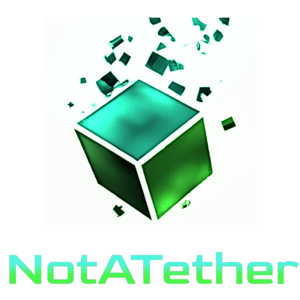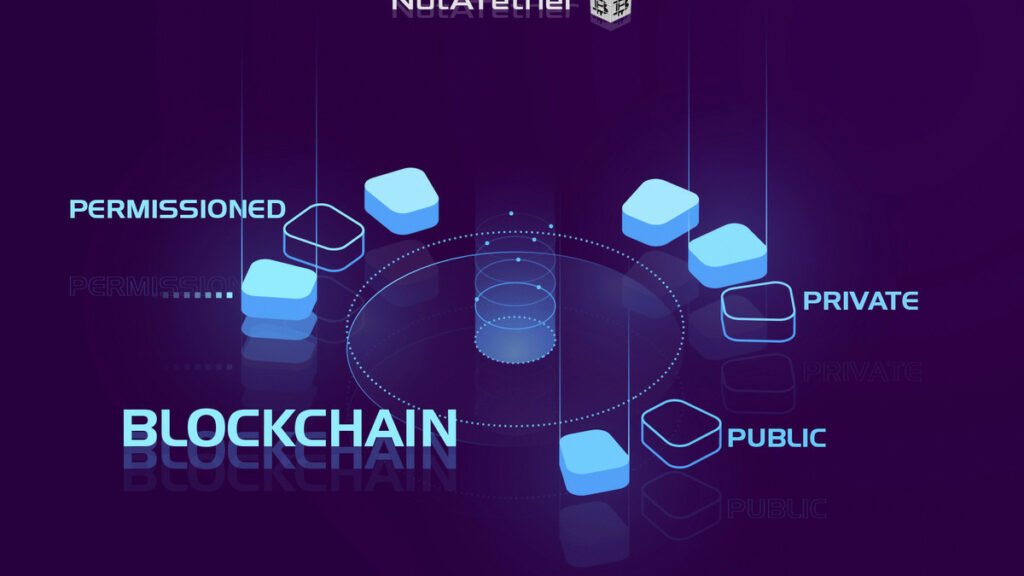What is Blockchain?
When it comes to the crypto world, Blockchain technology is one of the most important fundamental parts of it.
Blockchain, in simple terms is a ledger, a record book which is distributed all over the network, controlled by the network which includes participants who are anonymous and are independent which ensures that the blockchain will not be manipulated, controlled or be used for ill-intent, anti-purpose and doesn’t become a medium of fraud.
Just as the internet is a web of computers, which connects computers all over the world through wireless technologies and satellites, so does Blockchain connecting all crypto-currency wallets which are present and are created on it and helps us facilitate transactions. This it does by constantly updating itself with all movements and with confirmations with each part independently agreeing on the same conviction of a transaction by means of mining on mechanisms like “proof of work”.
But when we talk about Blockchain and its many advantages, we never know that the entire Blockchain might not fit under our definition in a broad way, but a particular type of blockchain is what we are mostly focusing on.
The Types Of Blockchains
The Blockchain as of now can be classified into three types.
They are the public blockchain, the private blockchain, the permissioned blockchain.
The public blockchain is one of the most transparent systems that is present in the world. Whenever we talk about blockchain and how we can securely transact our money without no one regulating us and we can irrespective of any conditions participate in the network and help make transactions go through and updating it on the network through the process of mining, it is generally this public blockchain we are talking about. Literally, anyone can participate in it, audit or trace transactions going from one address to another and mine in the network for an incentive, which is getting a bit of the same tokens/coins for their contribution towards the network.
As we know, the legendary Bitcoin and its blockchain is public, which makes this type of blockchain most popular and most used. Most popular coins and tokens like Ethereum, Litecoin belong to the public blockchain. Although there are some disadvantages of this blockchain, since it in some way takes away a kind of privacy by putting all transactions to everyone’s view with just a bit of information required to search for it on the blockchain, but with all advantages comes many disadvantages which are inevitable.
Next comes the Private blockchain. As the name says, private blockchains are blockchains that are private, in a sense that almost all of its information and transactions and updates are hidden from the public view. In simpler words, to view the transactions and updates on the network, one would need some authenticity and only if they are able to pass it, they can get access.
In private blockchains, only some selected nodes are allowed to participate and only limited people can access the information, and in a sense, it gives off the vibe of not decentralization, which is partially true.
In private blockchains, since only selected people are allowed, there comes lots of advantages, be it increased transaction speed to lower fees, since only few people can control and regulate it, it needs much less resources and hence, is a boon. It is perfect for businesses that value privacy as well.
Some cryptocurrencies that work on private blockchains include Monero, Dash etc., which offers the advantages of blockchains with added privacy features.
Next comes the permissioned blockchains. It is actually a private blockchain but with added benefits and custom-ability of allowing the creators to choose at which position should users be allowed to use the blockchain as public and where it becomes private.
For example, in a flexible business, not every member working in the ecosystem needs to know everything that is going on, which some need every info, some need a limited info and some need no info, and it makes total sense to use a blockchain with added benefits like that so that the whole ecosystem can work smoothly and it also gives users more trust since it is actually a public blockchain for some part of the network, even though it is still not as much trusted with an open heart as the public blockchains are! Ripple can be regarded as one popular crypto which uses this type of blockchain!
Conclusion
All blockchains are created solely to provide users a platform to easily manage their transactions and to have a robust automated input and outputs of every data which is important to us. Blockchain is one evidence of how far we have come in technological advances where today we are able to manage information and flow of our systems with networks which are trusted, automated, unregulated and corruption-free!

